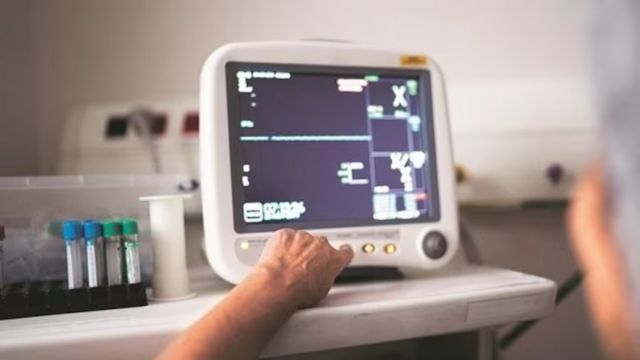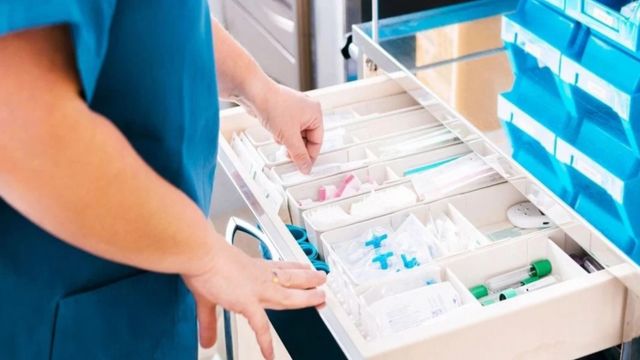Many medical facilities, clinics, and hospitals in the worldwide healthcare scene of today depend on imported medical supplies to satisfy their running needs. Ensuring the quality of imported medical supplies has become absolutely vital for operational effectiveness and patient safety given the growing demand for high-grade healthcare products. From surgical tools to diagnostic tools, the quality of these goods significantly affects patient health as well as the dependability of healthcare services.
This is a thorough manual on how to guarantee imported medical supply quality:
1. Understand Regulatory Standards and Certifications
Knowing the regulatory criteria and certificates needed by local authorities helps one to guarantee the quality of imported medical products. While every nation has its own laws, industry-wide global standards are well known.
For example:
- In the United States, the FDA (Food and Drug Administration) regulates medical supplies and ensures they meet certain safety standards.
- In Europe, the CE marking indicates that the product complies with European Union safety standards.
- In countries like Canada, products are regulated by the Health Canada.
Check that the items you are sourcing satisfy the required certifications and legal approvals before importing medical goods. These certifications ensure that the good satisfies particular safety and performance criteria by means of appropriate quality control and testing.
2. Choose Reputable Suppliers and Manufacturers

Choosing reputable manufacturers and suppliers comes next as quite crucial. Not all producers follow the same quality criteria; some may take short cuts in order to save expenses. Select suppliers and manufacturers who have a track record of manufacturing premium medical supplies to help prevent importing inferior goods.
Check the following:
- Supplier Certifications: Ensure that the supplier holds the necessary quality certifications, such as ISO 13485 for medical devices.
- Supplier Reviews and Reputation: Research reviews, references, and customer feedback to evaluate the supplier’s credibility.
- Factory Inspections and Audits: If possible, conduct or hire a third-party to conduct factory inspections and audits to assess the manufacturing processes and the quality of their products.
You may like this: The Role of Medical Supplies in Ambulatory Care Centers vs. Hospitals
3. Product Testing and Inspection
Thorough product testing and inspections help to guarantee that imported medical supplies satisfy quality criteria before one accepts them. You can do a number of inspections including:
- Pre-shipment Inspection (PSI): A detailed inspection of the medical supplies before they are shipped from the manufacturer. This helps identify any defects or issues early in the process.
- Product Sampling: Randomly select samples of medical supplies to test and ensure they meet quality specifications. These tests may include checking product functionality, sterility, and packaging integrity.
- Third-Party Inspection: Hire an independent third-party inspection service to assess the quality of the products. They can check for compliance with international quality standards, ensuring the supplies meet safety, reliability, and performance benchmarks.
Before supplies get to your business, testing and inspection can help you find issues such faulty goods, inadequate packing, or non-regulatory standard non-compliance.
4. Verify Traceability and Documentation
Medical supplies should be traceable and accompanied by appropriate documentation to follow the goods all through their lifetime. Appropriate paperwork guarantees that the goods satisfy legal criteria, have been safety checked, and, should recalls be called for, are traceable.
Make sure to request and verify the following documents before importing:
- Certificates of Compliance: These verify that the product meets the required regulatory standards.
- Batch Records: These records provide traceability for each batch of medical supplies, ensuring that any issues can be traced back to the source.
- Product Test Reports: Some products might require additional test reports, such as performance tests, sterilization certifications, and material specifications.
Having this paperwork guarantees that your medical supplies satisfy the quality criteria needed for safe usage in healthcare environments and follow local rules.
5. Monitor the Supply Chain and Shipping Conditions
The way medical supplies are transported and kept could influence their quality. Verify that the supply chain—including handling, storage, and shipping conditions—is under control to stop product damage or degradation.
Consider the following:
- Temperature and Humidity Control: Certain medical supplies, such as drugs and diagnostic reagents, require specific environmental conditions to maintain their efficacy. Ensure that the shipping containers are properly temperature-controlled.
- Packaging Integrity: Verify that the packaging is durable enough to withstand the shipping process without compromising the sterility or integrity of the medical supplies.
Tracking the shipment and monitoring storage conditions during transit will help you identify potential risks to product quality before they reach the end user.
6. Regularly Update and Educate Your Staff
Maintaining the quality of imported medical products is an active endeavor. Your staff should be taught to spot possible problems with medical supplies and to keep current with the most recent laws and industry standards. Frequent instruction in correct handling, testing, and inspection methods can drastically lower the possibility of obtaining inferior goods.
7. Establish a Clear Return and Recall Process
Even with your best efforts, occasionally problems involving imported medical goods can develop. Clearly defined return and recall policies guarantees that faulty goods are promptly and effectively taken out of the supply chain.
A return or recall process should include:
- Immediate identification and segregation of defective products
- Notifying patients or healthcare professionals who have received the affected product
- Coordinating with suppliers for the return or replacement of faulty items
This proactive approach helps ensure patient safety and compliance with regulatory requirements.
You may like this : How AI and Machine Learning Are Transforming Medical Supply Management
Conclusion
Ensuring the quality of imported medical goods is crucial for maintaining high standards of patient care and safety. By following a comprehensive procedure of supplier selection, testing, inspection, and documentation verification, you may minimize the hazards associated with poor medical items. Moreover, remaining watchful during the shipping process and having a rigorous return and recall system will assist secure the integrity of your medical goods.
Stay informed and up-to-date on the latest developments in medical supplies and clinical engineering. Visit J & J Supplies for news, updates, and expert advice on ensuring the highest quality in the medical supply industry. Whether you’re looking for insights on regulatory compliance or the latest in clinical engineering, we’ve got you covered. Stay connected with us for more valuable content to help streamline your healthcare operations!








